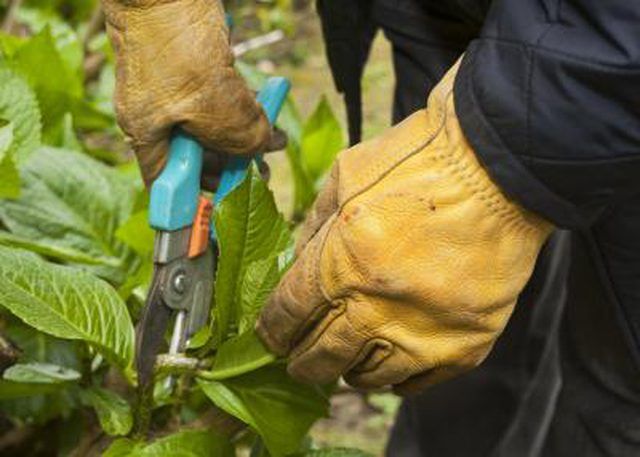Bulbs
Flower Basics
Flower Beds & Specialty Gardens
Flower Garden
Garden Furniture
Garden Gnomes
Garden Seeds
Garden Sheds
Garden Statues
Garden Tools & Supplies
Gardening Basics
Green & Organic
Groundcovers & Vines
Growing Annuals
Growing Basil
Growing Beans
Growing Berries
Growing Blueberries
Growing Cactus
Growing Corn
Growing Cotton
Growing Edibles
Growing Flowers
Growing Garlic
Growing Grapes
Growing Grass
Growing Herbs
Growing Jasmine
Growing Mint
Growing Mushrooms
Orchids
Growing Peanuts
Growing Perennials
Growing Plants
Growing Rosemary
Growing Roses
Growing Strawberries
Growing Sunflowers
Growing Thyme
Growing Tomatoes
Growing Tulips
Growing Vegetables
Herb Basics
Herb Garden
Indoor Growing
Landscaping Basics
Landscaping Patios
Landscaping Plants
Landscaping Shrubs
Landscaping Trees
Landscaping Walks & Pathways
Lawn Basics
Lawn Maintenance
Lawn Mowers
Lawn Ornaments
Lawn Planting
Lawn Tools
Outdoor Growing
Overall Landscape Planning
Pests, Weeds & Problems
Plant Basics
Rock Garden
Rose Garden
Shrubs
Soil
Specialty Gardens
Trees
Vegetable Garden
Yard Maintenance
How to Prune Hydrangea Plants and Hydrangea Bushes
How to Prune Hydrangea Plants and Hydrangea Bushes. One of the joys of growing hydrangeas (Hydrangea spp.), along with their extravagant blooms, is their ease of care. Each type of hydrangea has modest pruning requirements, although timing is critical. Some hydrangeas are best pruned right after they flower, some before spring growth begins -- and...

One of the joys of growing hydrangeas (Hydrangea spp.), along with their extravagant blooms, is their ease of care. Each type of hydrangea has modest pruning requirements, although timing is critical. Some hydrangeas are best pruned right after they flower, some before spring growth begins -- and some are best left alone unless they grow wild.
Pruning Hydrangeas
Less is more when it comes to pruning hydrangeas. All plants, however, respond well to deadheading -- the removal of spent blooms -- and to removal of damaged or badly formed branches. On several "remontant," or reblooming, varieties, deadheading encourages further flowering as well as tidying the plant. Pruning at the wrong time can affect bloom or stop it entirely.
As with any pruning tasks, keep shears sharp and disinfect frequently with a half-and-half solution of rubbing alcohol and water, or hand sanitizer, to avoid spreading pathogens from plant to plant. Prune wood at an angle so mist or precipitation does not stand on open cuts.
Old-Wood Bloomers
Bigleaf hydrangea (Hydrangea macrophylla), hardy in U.S. Department of Agriculture plant hardiness zones 6 through 9; mountain hydrangea (Hydrangea serrata), hardy in USDA zones 5b through 9; and oakleaf hydrangea (Hydrangea quercifolia), hardy in USDA zones 5 through 9, all bloom on wood grown the previous season. "Nikko Blue" is a classic bigleaf; "Snowflake" and "Miss Alice" are common oakleaf hydrangeas. Serratas, like the larger bigleaf hydrangeas, bloom in shades of pink and blue.
Use annual deadheading to keep the shrubs neat. When they begin to get leggy, prune branches back by about one-third after blooms fade in late summer. Revitalize older shrubs by removing three of the oldest branches to the ground each fall. Whenever pruning any hydrangea, cut above growth nodes -- the thick segments where leaves bud. Always choose nodes on the outside of the branch so new offshoots will not grow into the center, cutting off light and air.
New Wood Varieties
Smooth hydrangeas (Hydrangea arborescens) and panicle hydrangeas (Hydrangea paniculata), both hardy in USDA zones 3 through 8 or 9, bloom on new wood, meaning branches that have grown in the current year. Prune smooth hydrangeas to within 3 inches of the ground anytime from late January through early March -- depending on your climate -- before growth begins in spring. You can also renew older panicle shrubs this way.
Cutting back works well on older varieties like "Annabelle," but may cause newer varieties such as "Incrediball" to produce smaller flowers. On these hybrids and on panicle hydrangeas such as "Limelight" and "Chantilly Lace," prune shrub branches back by about one-third to keep them shrubby and sturdy. Grow panicles as small trees by removing side branches for about 3 feet on a panicle to establish a "trunk," and prune top growth each spring to keep it compact.
To Prune or Not
Remove damaged branches on any plant anytime, but pick early blooms and use deadheading to keep remontant plants like "Endless Summer"(Hydrangea macrophylla "Endless Summer") trim. Whether you prune in fall or spring, you will limit their flowers because they bloom on both old and new wood.
Don't prune climbing hydrangeas (Hydrangea anomola), hardy in USDA zones 5 through 8, at all, except to remove stray or damaged vines.